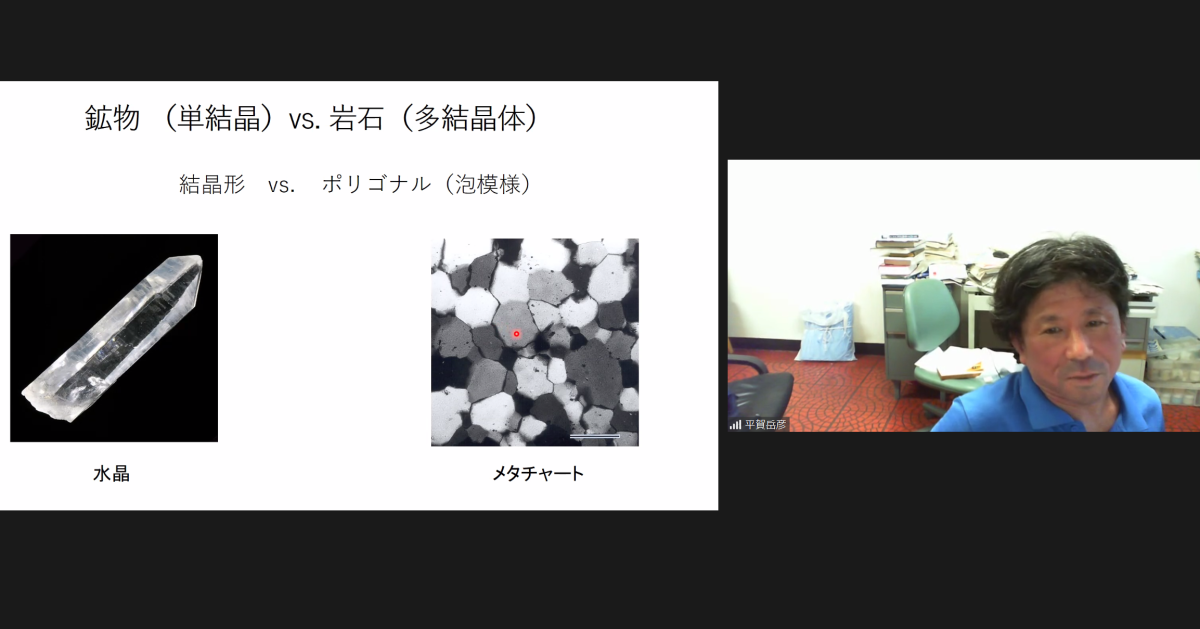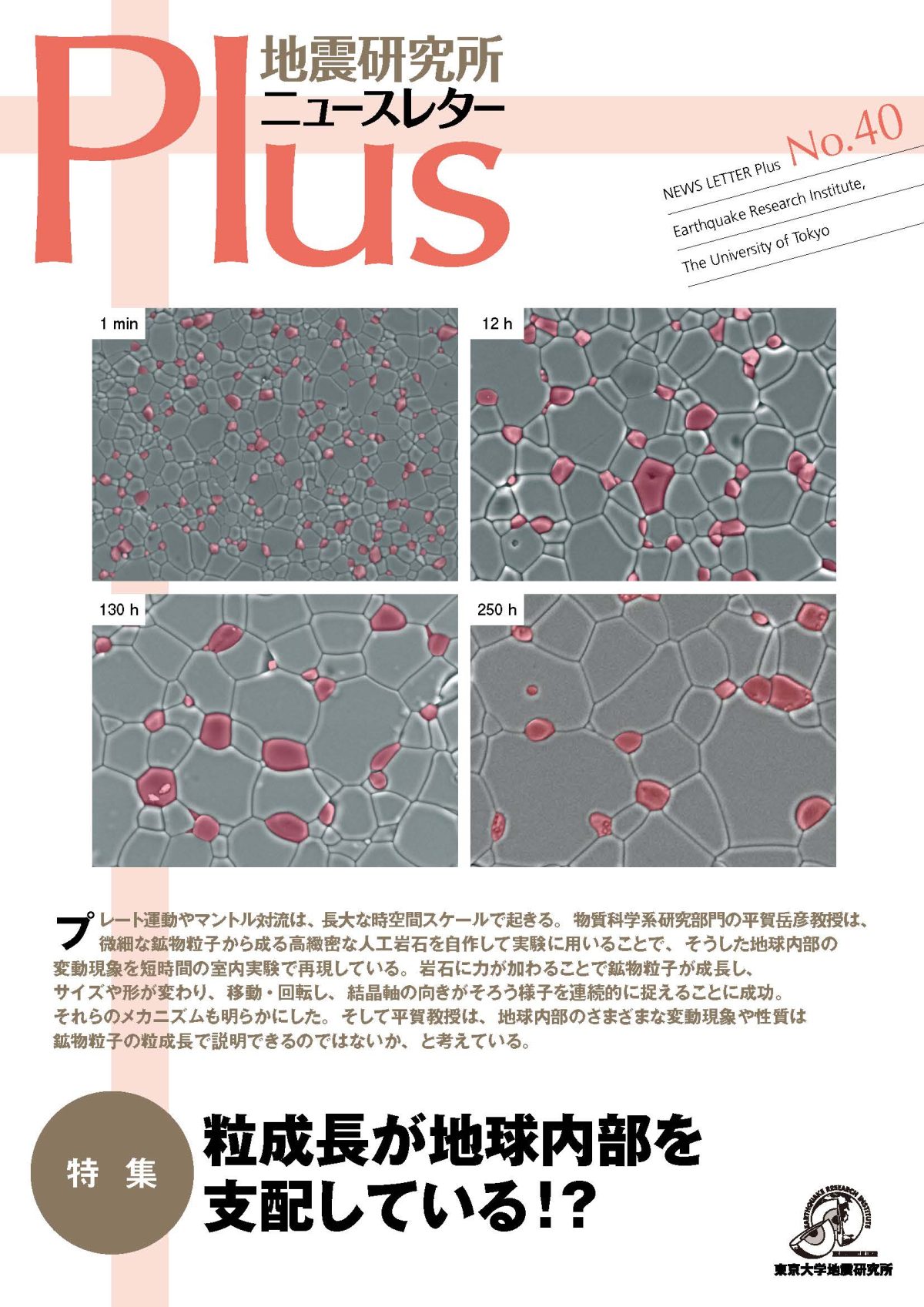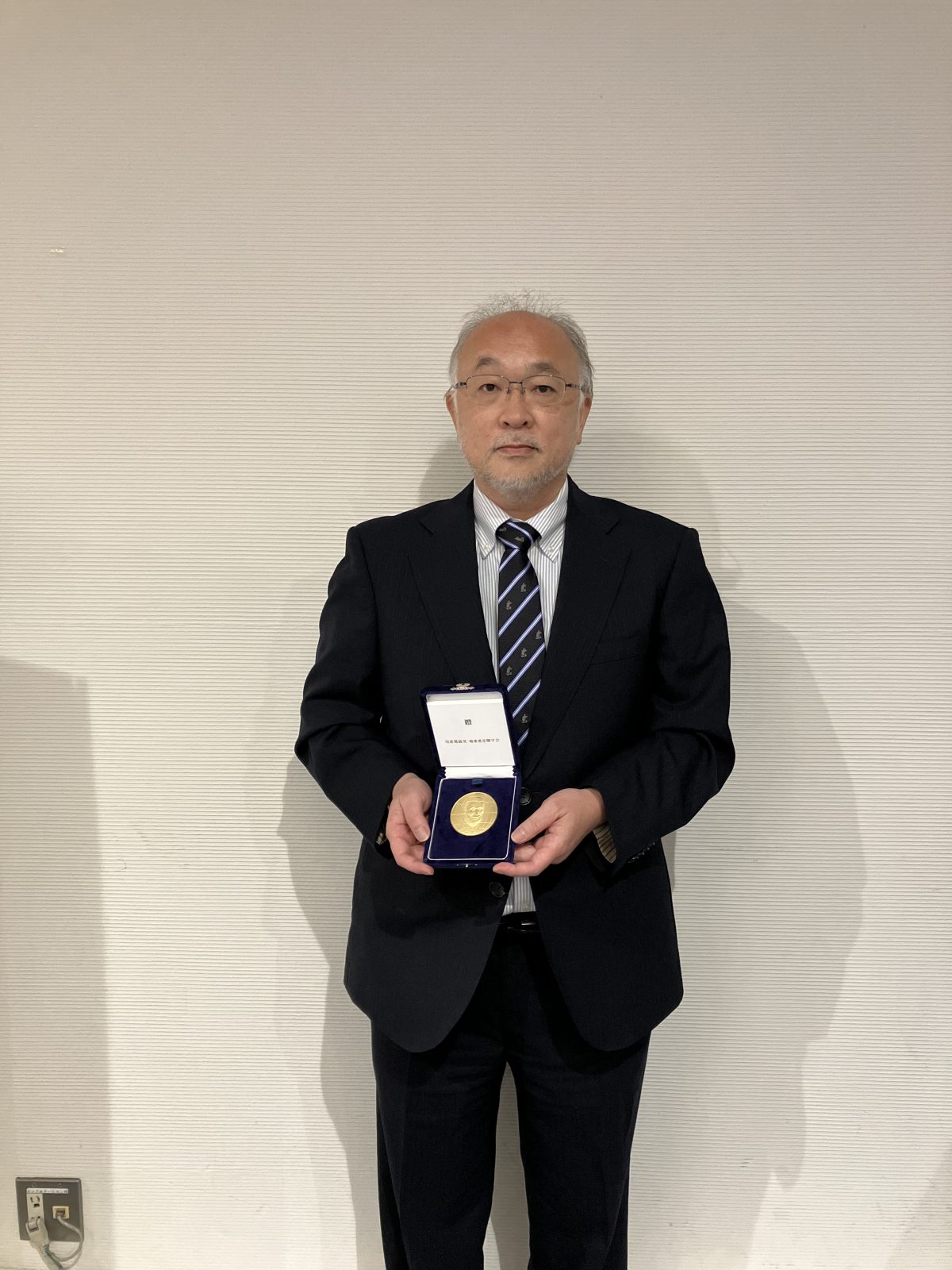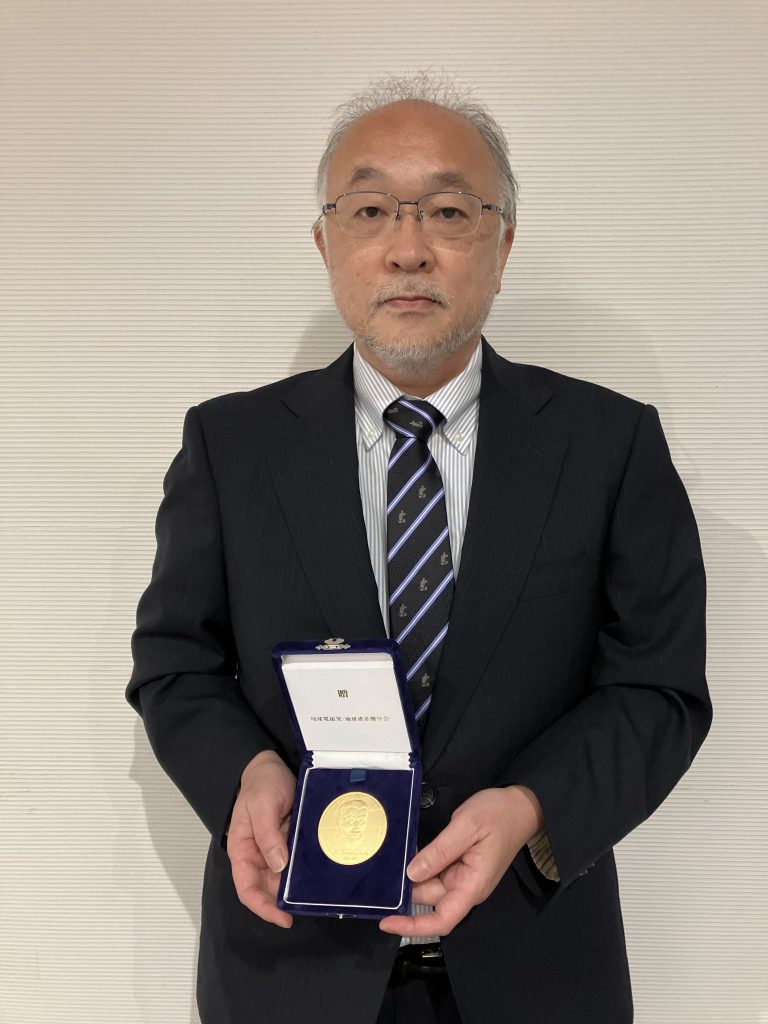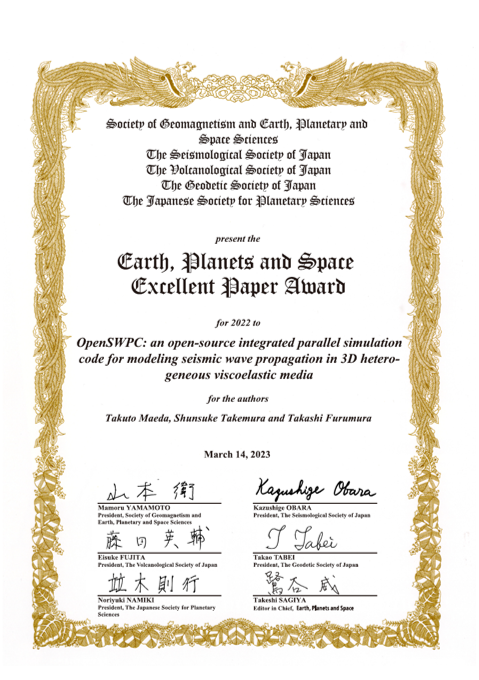令和5年10月21日(土)は本学のホームカミングデイに当たり、当日は、様々なイベントが開催されます。
地震研究所では、以下のイベントを開催いたしますので、参加を希望される方は、申込方法の欄をご確認のうえ、お申し込みをお願いいたします。
記
【講演会】
「関東大震災100年:過去の地震履歴と将来の発生・被害予測 / 佐竹 健治 教授」
本年は、我が国史上最悪の地震災害であった1923年関東大震災から100周年である。この震災を契機に東京大学に地震研究所が設置され、我が国の地震科学は発展してきた。本講演では、過去の関東地震(M8級プレート間地震)の発生履歴と、それに基づく将来の発生予測、さらには国や東京都による被害予測について紹介する。
日 時:令和5年10月21日(土) 13時~14時
場 所:地震研究所1号館2階セミナー室
対 象:一般(定員75名:申し込み順) ※要事前申込
申込方法:申込フォームよりお申込みください。
※受付期間:令和5年9月21日(木)9時 ~ 令和5年10月18日(水)17時まで
※受付時間は、平日9時~17時までとなります。
受付時間外のお申込みについては、下記お問い合わせ先までご連絡ください。
注意事項
・定員に達した場合、申込受付期間に関わらず締め切る場合があります。
・本講演会は、オンライン中継、動画配信の予定はありません。
・申込フォームへ入力いただいた個人情報につきましては、本講演会実施の目的のみに使用いたしま
す。法令などにより開示を求められた場合を除き、個人情報をご本人の同意を得ることなく業務に関与する者以外の第三者に開示することはありません。
本件に関するお問い合わせ先
地震研究所庶務チーム(庶務担当) shomu[at]eri.u-tokyo.ac.jp ※[at]は@に置き換えてください
【地震研同窓会総会・懇親会】
地震研究所に在籍された学生・教職員の旧交を温めるための会合です。総会を開催した後に懇親会を行います。在籍者の参加も歓迎します。
日 時 :令和5年10月21日(土) 14時10分~16時(予定)
場 所 :地震研究所1号館2階ラウンジ
開催形式 :ハイブリッド(現地開催+Zoom)
現地参加費:5,000円
対 象 :地震研究所OB・OG(学生・教職員)及び在籍者
申込方法 :同窓会にまだ加入していないけれども参加を希望される方は、同窓会メンバー申込ページより同窓会に加入申し込みのうえ、「その他」欄にて参加希望の旨ご入力ください。在籍者も同窓会に加入できます。同窓会に会費はありません。
同窓会に加入済みの方には、メールや葉書でご案内の連絡をしていますが、もし何も連絡が来ていない場合は、お手数ですが、世話人メールアドレス宛にその旨お知らせいただくか、同窓会メンバー申込ページより情報をご入力ください。
本件に関するお問い合わせ先
地震研同窓会世話人 dosokai-sewanin[at]eri.u-tokyo.ac.jp ※[at]は@に置き換えてください


